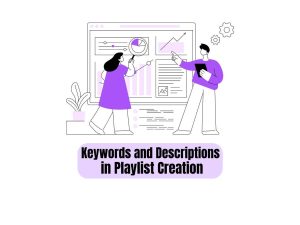In the fast-paced world of business, it’s easy for tasks to fall through the cracks, especially repetitive ones like follow-ups. However, nurturing relationships with customers or clients often requires consistent, timely follow-ups — making automation of these tasks an appealing solution. But how do you leverage automation without losing the crucial personal touch? This blog will explore strategies to balance efficiency and a personal approach when automating follow-ups.
Understanding the Need for Automating Follow-ups
Before we delve into the specifics, let’s delineate why automating follow-ups is advantageous. Apart from saving valuable time and ensuring consistency, automation can:
Eliminate the chance of human error in sending out reminders.
Make personalized messaging possible on a larger scale.
Offer insights into the effectiveness of your follow-up strategies via data tracking.
Maintaining a Personal Touch in an Automated World
Despite its advantages, automation comes with the risk of losing the personal touch in communication, which can make the client or customer feel devalued. Here are some strategies to ensure a personal touch amidst automation.
1. Leverage Personalization Tokens
Personalization tokens allow you to automatically insert personalized elements (like the recipient’s name or their company’s name) in your emails. Utilizing these can make your automated follow-ups feel more personal and directly tailored to the recipient.
2. Segment Your Customers
Proper segmentation allows you to send hyper-relevant messages to each of your customer groups. By segmenting your contacts based on criteria like purchasing history, demographics, or how they’ve interacted with your website, you can send tailor-made messages that resonate with each segment.
3. Craft Genuine and Engaging Content
The tone of your follow-up emails should remain friendly and genuine. Avoid robotic language and use a conversational tone as much as possible. Strive to make the recipient feel like they’re interacting with a person, not a machine.
4. Timing is Everything
Timing can make or break the effectiveness of your follow ups. Consider the customer’s journey and their interaction history with your brand to determine the best timing for follow-up messages. With automation tools, you can precisely schedule your follow-ups for the most opportune moments.
5. Don’t Forget to Monitor and Adjust
Automation doesn’t mean “set it and forget it.” Take the time to review how well your automated follow-ups are doing and adjust accordingly. A/B testing can be a valuable tool for identifying what works and what doesn’t.
Conclusion
Automating follow-ups can bring efficiency and consistency to your sales and marketing efforts, but care must be taken to balance this with the need for a personal touch. By integrating personalization, proper segmentation, engaging content, timely follow-ups, and regular performance analysis, you can ensure that your automated follow-ups are both efficient and effective, thereby fostering stronger customer relationships.



































